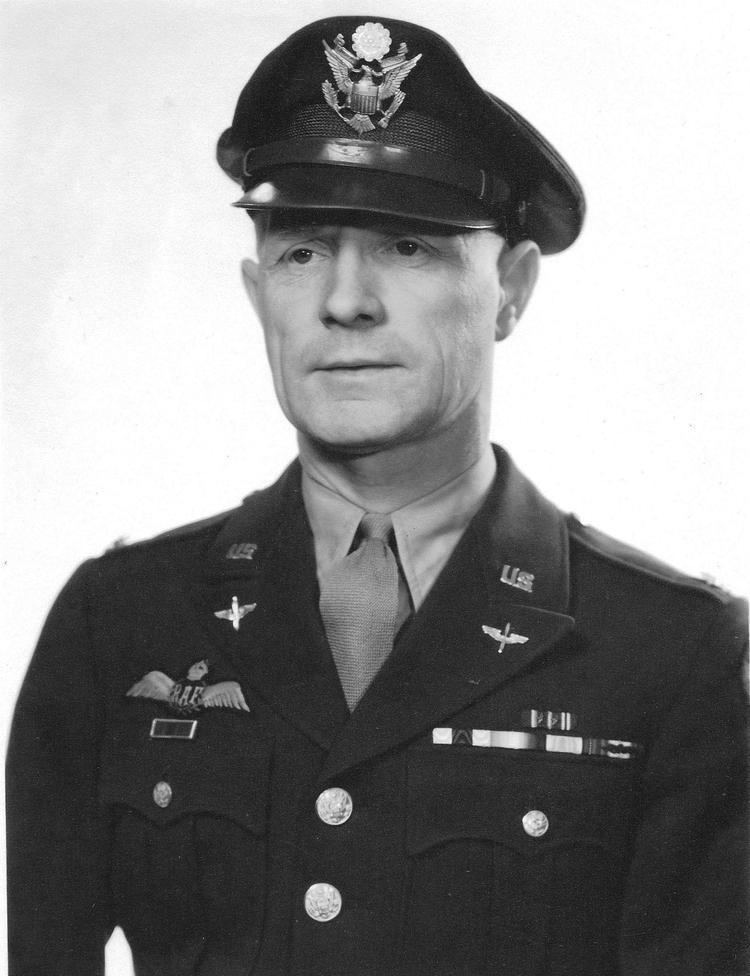Name Wilfred Beaver | ||
 | ||
Born 10 May 1897Kingswood, Bristol, Gloucestershire, England ( 1897-05-10 ) Allegiance United KingdomUnited States of America Years of service 1917–19191942–19461949–1955 Battles/wars World War IWorld War II Unit Royal Regiment of Canadian Artillery, No. 20 Squadron RAF, 447th Air Expeditionary Group | ||
Captain Wilfred Beaver (10 May 1897 – 19 August 1986) was a World War I flying ace credited with 19 aerial victories.
Contents
- Early life and Army service
- Aerial success
- Between the wars
- World War II and beyond
- Honours and awards
- References
Early life and Army service
After passing his childhood in his native England, Beaver sailed for Canada. His parents separated in 1911, and he was shipped off to Montreal, Canada. He was supposed to live with his uncle and study dentistry. He enlisted in the 1st Canadian Heavy Battery of the Canadian Expeditionary Force on 7 August 1914. He served with the Field Artillery for the next two and a half years, including duty in France.
Aerial success
He transferred to the Royal Flying Corps on 28 February 1917. He trained at the RAF Training School at Oxford, England. He was posted to 20 Squadron to fly two-seater Bristol Fighters. He scored his first victory on 13 November 1917. On 6 January 1918, he became an ace. He continued collecting victories, with a double on 5 February 1918 and three wins on 27 May 1918. His final victory came on 13 June 1918. In the final analysis, Beaver and his observers (including fellow aces M. B. Mather and Ernest Deighton) were credited 11 enemy airplanes destroyed and eight driven down out of control.
Between the wars
Beaver was transferred the unemployed list effective 13 April 1919. He returned to Canada, then emigrated to the United States on 23 April. He lived in Greenville, Mississippi in 1920. He became a naturalized citizen on 21 September 1926. His 1930 residence was Jamestown, New York.
World War II and beyond
He returned to service in World War II as a major, and was the executive officer of the 447th Bombardment Group, 3rd Air Force, from 25 June 1943, and was awarded a Bronze Star. He was promoted to lieutenant colonel and moved up to command the group from 1 July 1945 through August. He then continued on active duty until 15 January 1946. He later served in the U. S. Air Force Reserve from 1949 to 1955.
